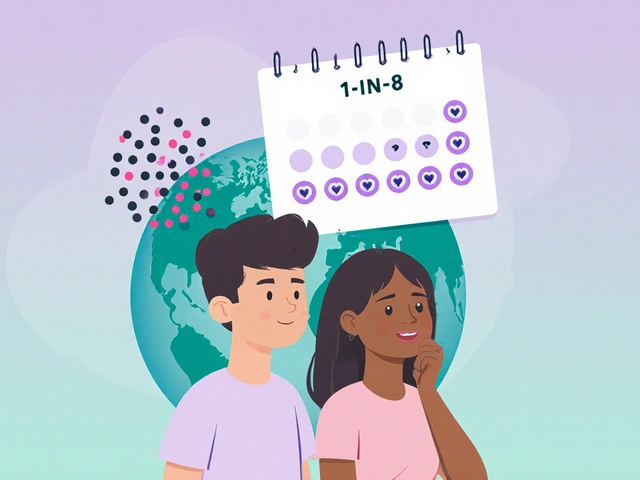Antibiotic Substitutes: Practical Alternatives for Everyday Infections
Feeling under the weather but worried about taking another round of antibiotics? You’re not alone. More people are looking for non‑antibiotic options that still get rid of bugs without adding to resistance. Below you’ll find the most common substitutes, when they work, and how to use them safely.
Common Non‑Antibiotic Options
First up, topical antiseptics like hydrogen peroxide, povidone‑iodine, or chlorhexidine. They’re great for cuts, minor burns, and skin infections because they kill germs on contact without entering your bloodstream.
Second, herbal remedies such as tea tree oil, oregano oil, and garlic extract. Studies show they have antimicrobial properties that can help mild respiratory or skin infections. Use a few drops diluted in a carrier oil for skin, or add a clove of garlic to meals for a daily boost.
Third, probiotics. Strains like Lactobacillus rhamnosus and Bifidobacterium help restore gut balance after a bacterial upset and may even prevent certain infections from taking hold.
Fourth, phage therapy. It’s still early, but doctors are using viruses that target specific bacteria when antibiotics fail. If you have a stubborn urinary or wound infection, ask your specialist if a phage trial is available.
Finally, supportive care: rest, hydration, vitamin C, zinc, and over‑the‑counter pain relievers. They don’t kill bacteria but give your immune system the boost it needs to finish the job.
How to Choose the Right Substitute
Start by identifying the type of infection. A skin scrape responds well to antiseptics, while a mild sinus issue may improve with garlic and zinc. If you’re unsure, a quick chat with a pharmacist can steer you toward the safest option.
Check for allergies. Essential oils can irritate sensitive skin, and some probiotic formulas contain dairy. Always do a patch test before applying anything new to a larger area.
Consider the severity. High fevers, spreading redness, or pain that isn’t getting better after 48 hours usually mean you need a prescription. Antibiotic substitutes aren’t a replacement for serious bacterial infections.
Keep dosage simple. For most herbs, a few drops twice a day or a garlic clove with each meal is enough. For probiotics, a single capsule daily with food works for most adults.
Track your progress. Note when symptoms start improving and when they stop. If you see no change after a few days, switch to a different approach or see a doctor.
Remember, antibiotic substitutes aren’t a magic cure‑all. They work best when paired with good hygiene, proper wound care, and a healthy lifestyle. Use them wisely, and you’ll cut down on unnecessary antibiotics while still fighting off common bugs.
Antibiotic resistance is turning routine infections into stubborn headaches, forcing doctors to change medications mid-treatment. This article breaks down why antibiotics sometimes stop working, what drives doctors to switch drugs, and what you can expect from your new prescriptions. Real-world examples, practical tips, and up-to-date alternatives are all here. If you've ever wondered why your treatment plan shifted suddenly, or what safe replacements for popular antibiotics look like, this is your guide. Make smarter choices next time you face an infection with all the facts at your fingertips.
Categories
Archives
Recent-posts
How to Store Controlled Substances to Prevent Diversion: A Practical Guide for Healthcare Facilities
Nov, 16 2025



 Medications
Medications




